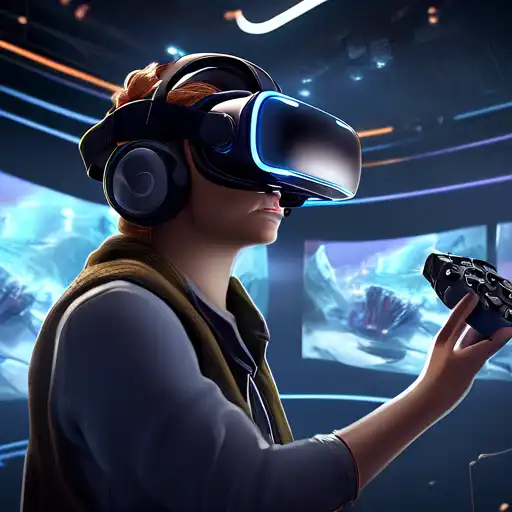Understanding the Complexities of VR Content Development
Virtual Reality (VR) has emerged as a groundbreaking technology, offering immersive experiences that were once the stuff of science fiction. However, developing content for VR presents a unique set of challenges that creators must navigate to deliver compelling and seamless experiences. This article delves into the hurdles faced in VR content creation and offers insights into overcoming them.
Technical Limitations and Hardware Diversity
One of the primary challenges in VR content development is the technical limitations and the diversity of hardware. VR experiences require high-performance computing power to render immersive environments in real-time. This demands not only advanced hardware but also optimization techniques to ensure smooth performance across different devices, from high-end PCs to standalone VR headsets.
User Experience and Motion Sickness
Creating a comfortable user experience is paramount in VR content development. Motion sickness, caused by discrepancies between visual motion and physical movement, is a significant concern. Developers must carefully design movement mechanics and environments to minimize discomfort, ensuring a pleasant experience for all users.
High Development Costs
The cost of developing VR content can be prohibitively high, especially for small studios and independent creators. From purchasing the necessary hardware to hiring skilled developers, the financial investment is substantial. This economic barrier limits the diversity of content and slows down innovation in the VR space.
Content Interactivity and Engagement
VR offers unparalleled opportunities for interactivity, but designing engaging and intuitive interactions is challenging. Developers must create natural and immersive controls that enhance the experience without overwhelming the user. This requires innovative design thinking and extensive testing to get right.
Overcoming the Challenges
Despite these hurdles, the future of VR content development is bright. Advances in technology are gradually lowering the barriers to entry, making VR more accessible to creators and audiences alike. By focusing on user-centered design and leveraging the latest tools and techniques, developers can overcome these challenges and unlock the full potential of virtual reality.
For those interested in exploring more about digital media and innovation, check out our articles on the latest trends in digital media and how innovation is shaping technology.
In conclusion, while developing VR content comes with its set of challenges, the opportunities it presents are immense. By addressing these hurdles head-on, creators can pave the way for a new era of immersive entertainment and education.
